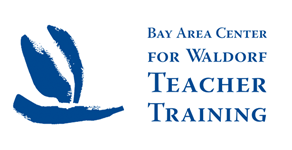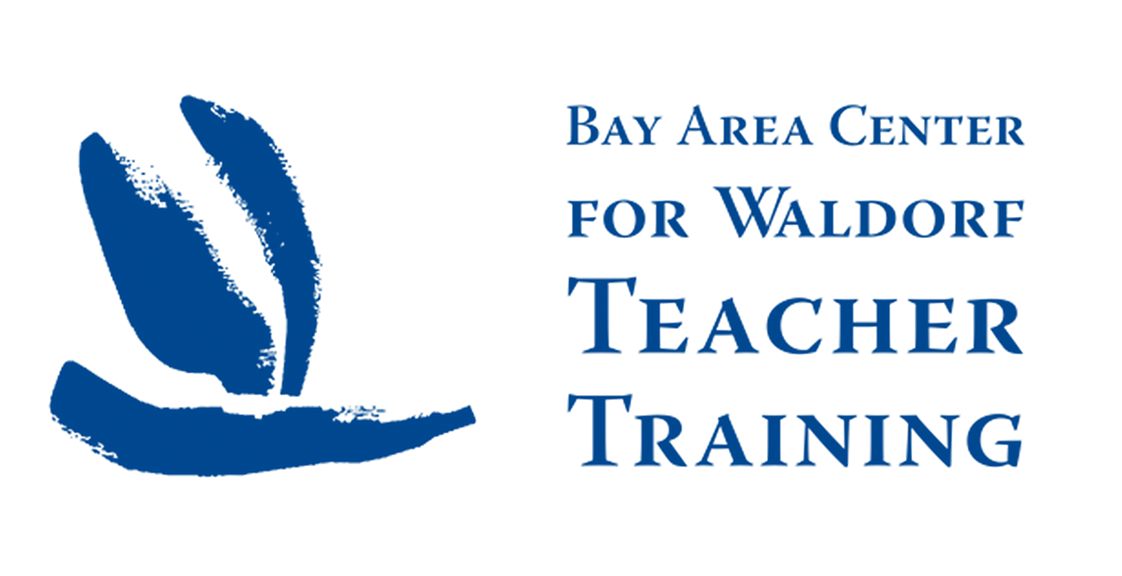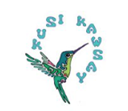Dear BACWTT Students, Alumni, Friends and Colleagues,
Here is the verse from the Calendar of the Soul for this week:
Verse 31
The light from spirit depths
Sun like it outward strives
It becomes life’s will power
And shines within the senses’ dullness
To free the forces that let ripen
Creative might from the soul’s impulses
In all the work of man.
At the beginning of this week, there were a number of festivals associated with the dead – to those who have crossed the threshold to the afterlife. On October 31st, we had Halloween, November 1st was All Saints’ Day and November 2nd was All Souls’ Day. The Day of the Dead, Día de los Muertos, is also held on November 1st and 2nd. The ancient Celtic festival of Samhain was also celebrated at this time of year. All of these festivals have a commonality and are based upon the sense that, at this time in the year, the threshold between the living and the dead is thin and that communications across the veil between these worlds are more possible at this time.
In our modern western culture, we have ended up with festivals becoming commercialized and trivialized. They are commercialized as moments for producers to make, for stores to sell lots of merchandise and for us to experience ourselves as “consumers” of festival goods. And they are trivialized in the sense that they are not really taken seriously. It’s kind of fun and tongue-in-cheek, and adults engage only as much as it is an activity for their children. In a sense, the feeling is that festivals are “childish.” I wonder, on the other hand, how many children experience the adults around them taking this seasonal festival seriously – in the sense that this is a real moment to connect with those who have passed over; that this is something we do and consider important and valuable.
Soon, Thanksgiving will be here and is taken very seriously as a moment to recognize the importance and deep value of family connections – a festival for the living! But how does this valuing of human connection continue on? Can it continue across the threshold?
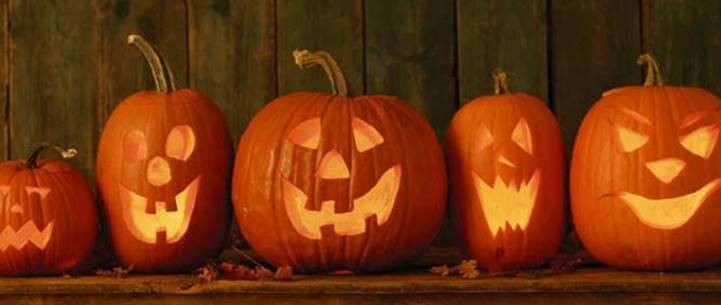
Halloween, which is so popular here in the United States, originated as “All Hallows’ Evening,” the sacred night before All Saints’ Day – a time to become reflective and contemplative to those who have passed over, to consider their plight as they go through their journey in the afterlife and to send them good thoughts and prayers. Halloween always had a feeling of the “otherworldly” and, as the night leading up to the festival, is a time of risk, of unsettled souls being on the loose in the night before a more orderly relationship to the dead was established in the morning.
Children who naturally take a kind of delight in the little frights and scary things of the night also have a real interest in their ancestors who have gone ahead into the other world. We deny them something that they are naturally open to and interested in (having only recently arrived from the spiritual world themselves) when we only consider the fun part of Halloween and do not follow through with the more earnest aspect.
It is quite natural that we will not take this (and many other festivals) seriously. How could we when we have no real concept of an afterlife, of a non-material other world? Of the many thoughts that Rudolf Steiner brought to modern humanity, the concept of a spiritual world that exists side by side with this material world is fundamental; that human beings have an existence before birth and an existence after death.
In Lecture 6 of “The Younger Generation,” Steiner shows the enormous difference it makes in our whole idea of the human being and a human life, depending on whether we think that a human being comes into existence at the moment of conception or if they arrive from a spiritual world:
“Form a feeling for a moment of how utterly different it is when one is permeated with the consciousness that something has come down from divine-spiritual worlds into the physical human body, has united itself with the physical body. If nothing of this consciousness exists there is quite a different feeling, especially about the growing child. The growing child when looked at with this consciousness, reveals from it’s very first breath, or even before, what is being manifested by the spiritual world… Observed in this way the child becomes a riddle, which one approaches in quite a different way from what is possible when one thinks one is confronting a being whose existence begins with birth or conception, and who, as is said today, develops from this starting point, from this point of germination.”
On the one side, Steiner opens a door to the pre-birth realm and points out what a tremendous difference this makes to how we regard children and child development as a continuation of what was working there. On the other side, he opens the door to the life that continues beyond death to the work that those who have passed are engaged with there – how they continue to influence the living and how we may be of support them.
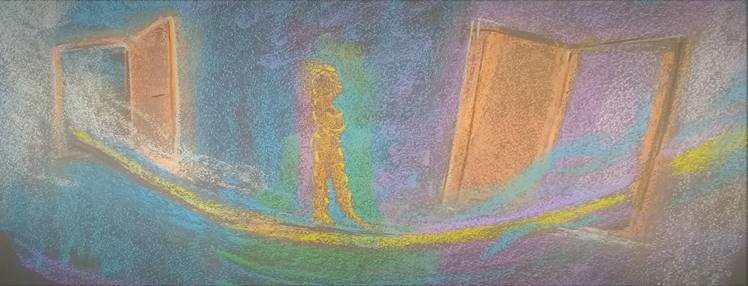
The festivals connected to those who are working on the other side of the threshold become significant at this moment in the year. The intention of all the festivals this week is to be of support to those who have passed over, to remember them and to assist them with thoughts and prayers and also to sense in this moment how their will is still active and influencing us. It is a time to send supportive thoughts and to be open to receive thoughts.
“If we allow our hearts and minds to be influenced by Anthroposophy, this will be a means of educating humanity to be receptive to impressions coming from the spiritual world. If, therefore, Anthroposophy succeeds in making a real effect upon culture, upon spiritual life, influences will not only rise up from physical life into the spiritual world but the experiences undergone by the dead during their life between death and the new birth will flow back. Thus here again the gulf between the physical and the spiritual worlds will be bridged. The consequence will be a tremendous widening of human life…”
-“Between Death and Rebirth,” Lecture 3, Rudolf Steiner
In our work as Waldorf teachers, we are apparently concerned “mostly” with the incarnation journey of the child into life, onto the Earth. It is also our task, though, to bring the young “recent arrivals” into relationship with the elderly, with the excarnation journey and the journey across the threshold back into the spiritual world. It is one sided to be only focusing on incarnation without holding the big picture of a full, complete human life that takes the richness of earthly experiences onward into the longer soul’s journey.
In this sense, the inclusion of the Mexican festival, Día de los Muertos, in our Waldorf schools brings a more holistic view and helps to balance out the fun and frivolous part of Halloween. Here is a link to the Maple Village Waldorf School website that has a good description by parent Renee Lemus Elisaldez:
Ken
Kenneth Smith
Director
BACWTT
